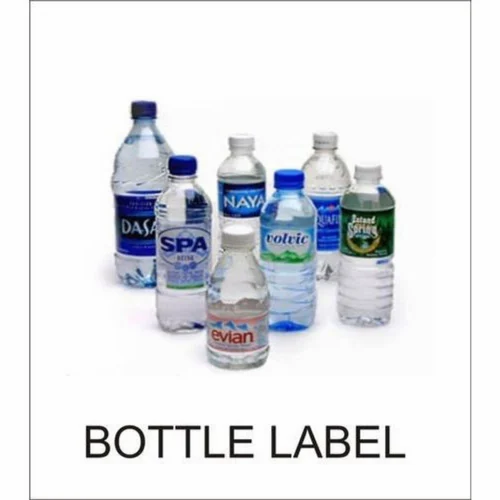If you’re creating, marketing, and selling a product that goes into bottles, you know there are different types, sizes, shapes, and materials those bottles can come in. Once you decide on the bottle itself, though, you also need to make sure you have the right colors, label, packaging, and marketing plan to get your product and its container noticed in your online shop or on store shelves. Here’s what to consider when labeling your product’s bottles.
What Size Bottles Are You Using?
The size of the bottle is important, and it’s often somewhat dictated by the item you’re selling. You wouldn’t put soda in a tiny bottle, and you’re likely not putting liquid medication in an overly large bottle, either. By considering the size of the bottle, you can get a better feel for the size of the label, which will help you decide the shape, colors, details, information, and styling.
Do You Have Specific Marketing Colors?
If you’re using a brand logo, color, and overall style, you want to add that to all your bottle labels in some way. Otherwise, it becomes too difficult for people looking for something from your brand to find it easily. Especially if you have a lot of competition next to you on store shelves and want your product to stand out, its label is among the best ways to do that since the right color and look will show people at a glance that this is a product you produce.
Have You Considered the Material?
There’s a difference between labeling glass vs. labeling plastic, and you want to be clear on which material you’re going to use for your product container before you start getting labels for it. Some labels won’t adhere to glass as well as they will to plastic, for example, depending on their composition and other factors. Knowing the material before looking for a label will make you more likely to have a better quality product that will look great for longer.
Don’t Forget to Think About Storage and Use
It’s not just about the initial creation and marketing of the bottle but also about how it’s stored and used. If you’re making something that requires refrigeration, for example, you need a label that will hold up to cold temperatures and condensation or moisture without falling off the bottle, fading, or coming apart. When you plan your label and bottle, make sure you take the time to carefully consider that for the best results.
